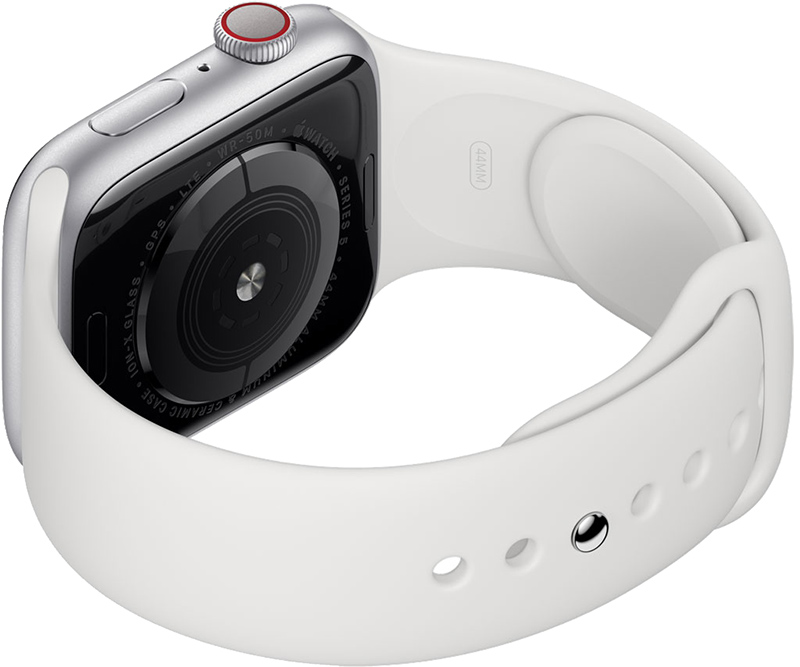![]()
The Apple Watch Series 6 will add blood oxygen monitoring to its features list when it's launched later this year, according to a new report from
DigiTimes.
The Taiwan-based website's sources say that the next-generation Apple Watch has undergone "smooth development" thanks to close collaboration between Apple and Taiwanese company ASE Technology, which has obtained major backend orders for the device.
Leaked code found in iOS 14 has previously suggested Apple is working on an Apple Watch that can detect blood oxygen levels.
Based on the discovered code, Apple will provide notifications when blood oxygen levels drop below a healthy threshold, which is right around 95 to 100 percent saturation. A drop in blood oxygen level can suggest a serious respiratory or cardiac problem.
It was not clear from the code if the feature would be limited to new Apple Watch Series 6 devices or if it would come as a software update in watchOS 7, but today's report suggests it may be exclusive to the Series 6.
When the original Apple Watch was released back in 2015,
iFixit actually discovered that Apple's heart sensors have the capability to monitor blood oxygen levels, but Apple has never activated it.
Other smartwatch and fitness tracker makers including Google-owned Fitbit already offer blood oxygen monitoring features in some of their wearable devices, so Apple is playing catch-up in the area, but that could mean the company has a more advanced implementation of the feature in the works.
Apple Watch Series 6 models, which are in development for a fall launch, are rumored to feature faster performance, better water resistance and improved wireless transmission for faster Wi-Fi and cellular speeds.
These improvements will be made in part through a rumored swap to liquid crystal polymer or LCP material for the flexible circuit boards expected to be included in the Apple Watch Series 6, according to Apple analyst Ming-Chi Kuo.
Article Link:
Apple Watch Series 6 to Feature Blood Oxygen Monitoring Sensor



